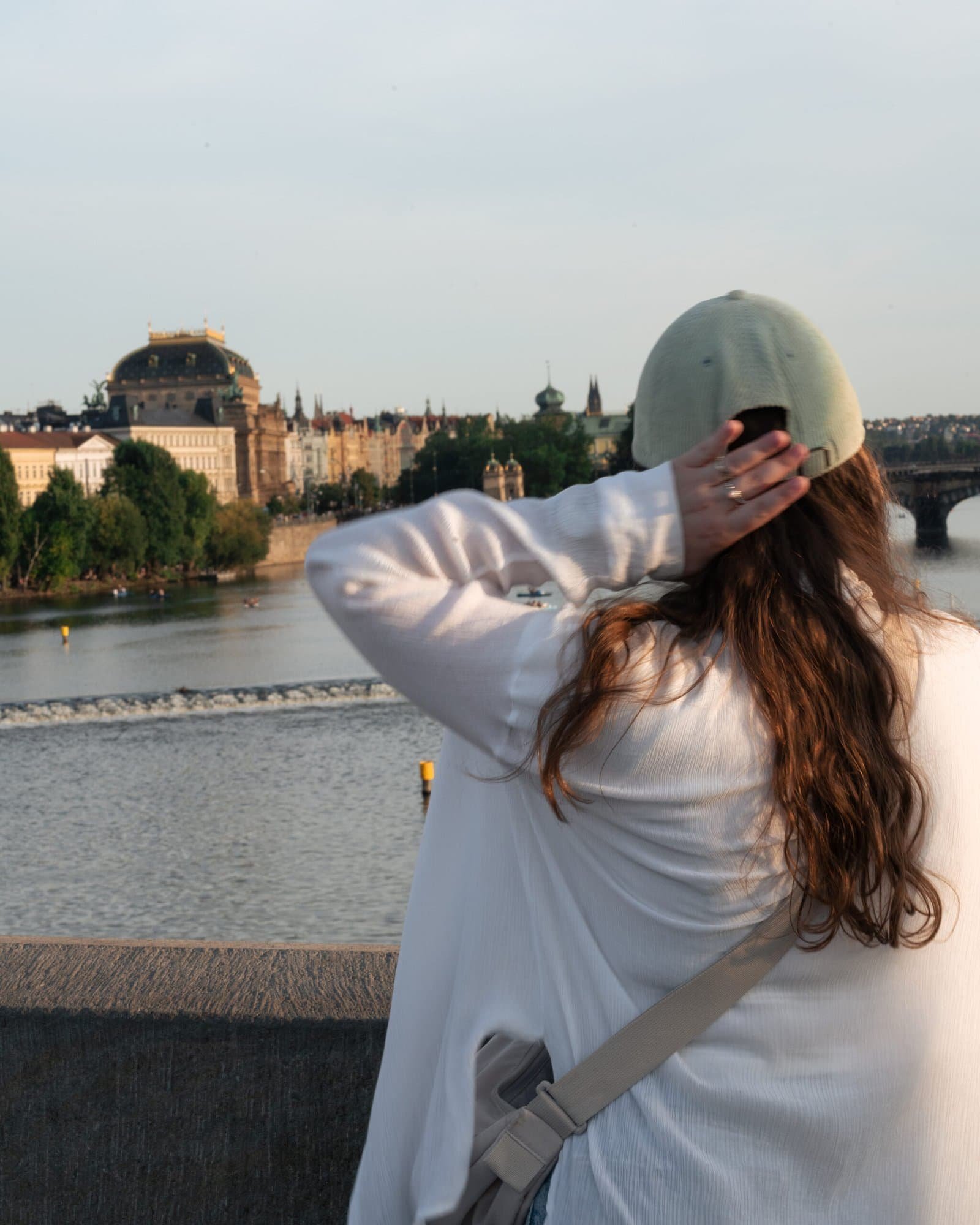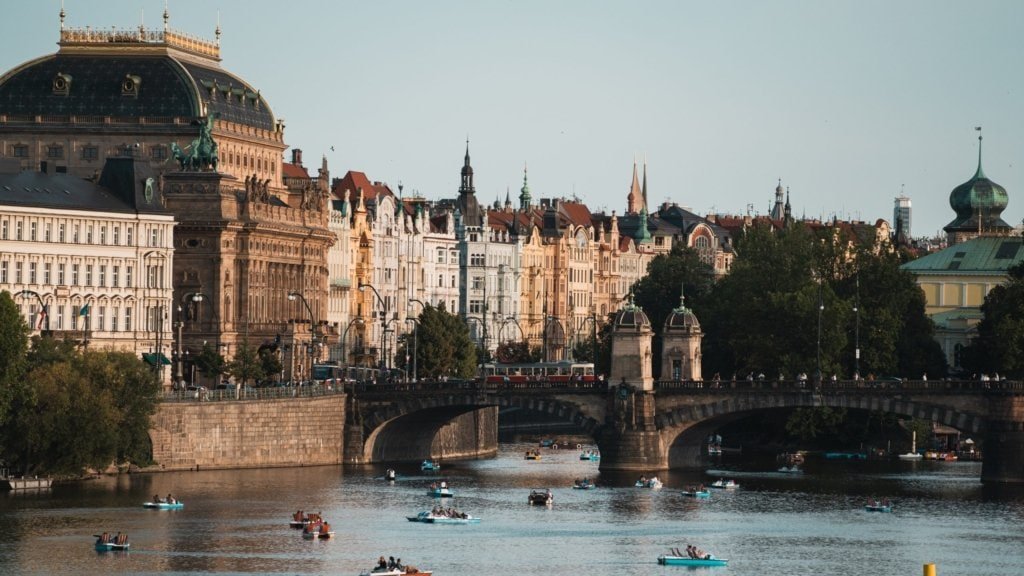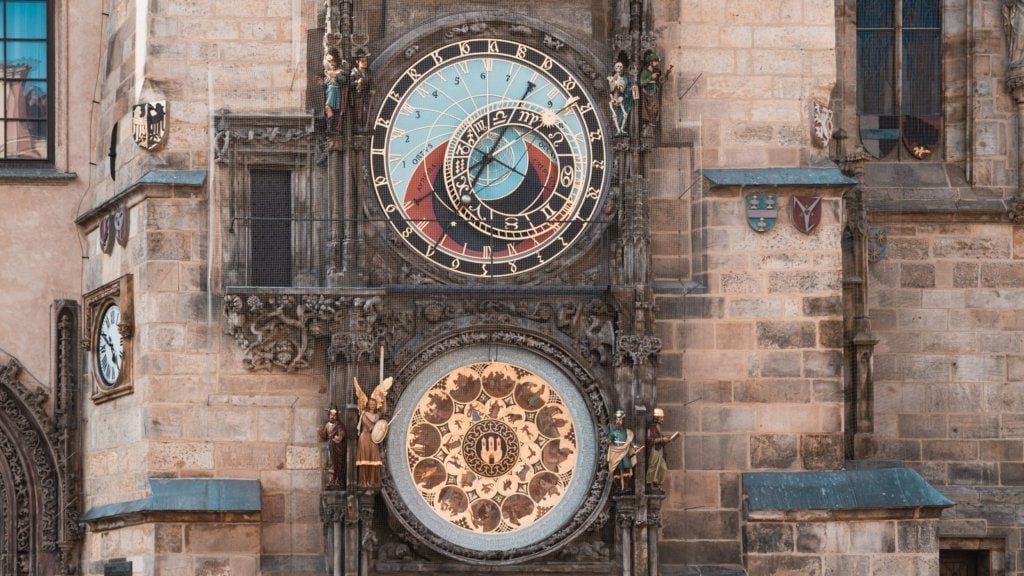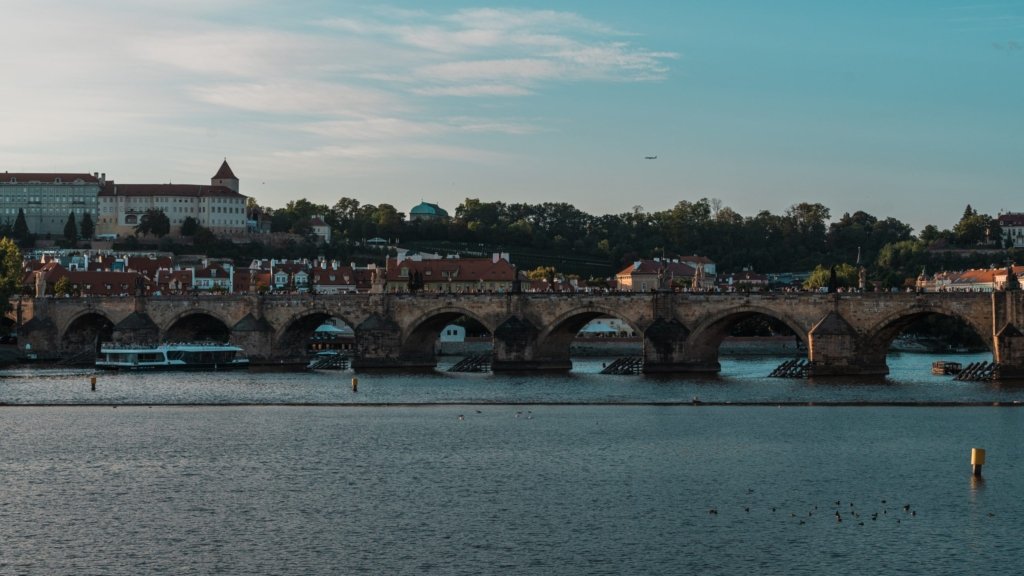Charles Bridge is one of Prague’s most famous landmarks and one of the oldest preserved stone bridges in Europe. It connects the Old Town with the Lesser Town across the Vltava River and offers a breathtaking view of Prague Castle. With its central location, the Charles Bridge is not only a tourist magnet but also a symbol of the cultural and architectural richness of the Czech capital.
History of Charles Bridge
Construction of the Charles Bridge began in 1357 under Emperor Charles IV as a replacement for the Judith Bridge, which had been destroyed by a flood. The bridge was designed by the German architect Peter Parler, who was also involved in the construction of Prague Castle and St Vitus Cathedral. Its completion was delayed until the beginning of the 15th century.
A special feature of the bridge is the exact date when construction began: the foundation stone was laid at 5.31 a.m. on 9 July 1357. This exact time was chosen according to astrological calculations in order to guarantee the stability and success of the bridge. At 516 metres long and almost 10 metres wide, Charles Bridge was a masterpiece of medieval engineering and played a central role in the region’s trade and transport for centuries.

Architecture and art
The bridge is built of sandstone and has 16 arches supported by massive pillars. Particularly striking are the Gothic towers at either end of the bridge: the Old Town Bridge Tower and the two towers on the Lesser Town side. The Old Town Bridge Tower is considered one of the finest examples of Gothic architecture in the world.
Another highlight of the Charles Bridge are the 30 baroque statues and sculptures that line the bridge. They were added from the 17th century and mainly depict saints and biblical figures. The statue of St John of Nepomuk is particularly famous. Legend has it that touching the slab beneath the statue brings good luck. Many of the original statues have been replaced by replicas to protect them from the weather, while the originals are kept in the National Museum.
Cultural significance and myths
As well as being an architectural masterpiece, Charles Bridge is deeply rooted in Czech culture and history. It has been the scene of many historical events, from royal processions to battles during the Thirty Years’ War. One of the most famous legends is that eggs were added to the mortar of the bridge to increase its stability.
The bridge is also a place of inspiration for artists, musicians and writers. Every day it attracts street performers who add to the atmosphere with music, painting and other performances. This lively scene makes Charles Bridge a vibrant cultural centre of Prague.
Charles Bridge today
Today, Charles Bridge is one of the most visited sights in the city. Early in the morning or late in the evening, when the crowds are smaller, the bridge is at its most romantic. Especially at sunrise or sunset, the view of the Vltava River, Prague Castle and the Old Town is unforgettable.
There are many ways for tourists to experience the bridge, from guided tours and boat rides on the Vltava River to walks where you can admire the details of the works of art. Photographers will also be in their element, as Charles Bridge offers one of the most beautiful backdrops in the city.
Things to know and practical tips
- Best time to visit: Early morning or late evening to enjoy the bridge without the crowds.
- Access: The bridge is pedestrian only.
- Accessibility: Located in the heart of Prague’s Old Town, the bridge is easily accessible by public transport.
More than just a link between two parts of the city, Charles Bridge is a living monument to Czech history and culture. With its rich past, impressive architecture and picturesque location, it is an absolute highlight for any visitor to Prague. Whether you admire the art, listen to the stories or simply enjoy the view, a visit to Charles Bridge will leave you with unforgettable memories.














